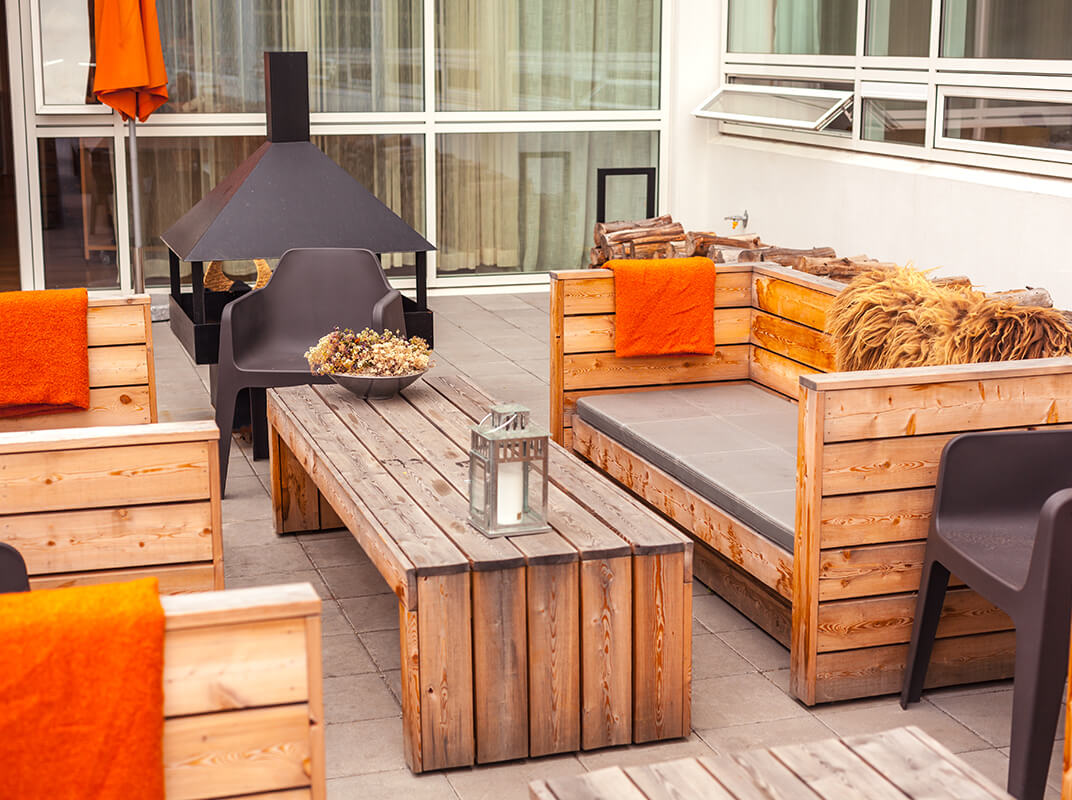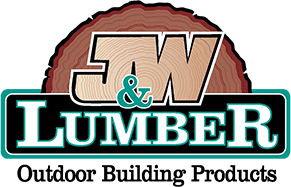
Head to your local lumber store and you may be surprised at the variety of wood species to choose from when embarking on your next backyard project. To help narrow down the choices, recommendations are based on what you’re building.
After all, the type of lumber you choose for decking may differ from what you want for a pergola or a garden box. When getting started consider aesthetics, maintenance, and cost-effectiveness.
Diving into each of these areas and what different wood species will help you get closer to picking the best lumber to make the vision for your backyard design come to life.
Focus on the Look
First, consider the look and feel you want for your backyard. Softwoods like Redwood and Western Red Cedar offer vibrant, rich colors for a warm, rustic appeal. At J&W Lumber, we offer stain-grade wood so the original beauty and natural grain pattern can shine through.
Meanwhile, lumber options like IPE, Red Balau, and Moso Bamboo are popular and generally lower-maintenance for a modern, sleek, tropical aesthetic. Then, in addition to the color and characteristics of the lumber, it’s also important to consider the placement of where you’ll build.
Sun and moisture exposure can affect the life and look of your backyard project. For instance, a highly durable hardwood like IPE is best for decking, horizontal fencing or siding. It’s durable, bug- and weather-resistant, and has a Class A fire rating.
In general, natural wood is sometimes preferred for outdoor builds where you’ll be hanging out barefoot, especially kids and pets, since some composite boards tend to heat up with ongoing sun exposure and can be uncomfortable underfoot.
When choosing the best lumber, beauty is in the eye of the beholder and is dependent on your unique style and needs.
Minimize the Maintenance
When factoring in sustainability and minimal maintenance to the selection process, Western Red Cedar is the best natural lumber option, followed by Redwood and Douglas Fir. Douglas Fir is also an excellent wood for painting. It can also be stained to preserve its longevity and further customize the aesthetic.
At J&W Lumber, we stock premium-grade exposed Douglas Fir, which means it’s meant to be seen. Wood grades are determined by dimensions, veneer, and exposure durability. Having accessibility to quality lumber makes a significant difference as many big-box stores carry Douglas Fir and other wood grades not intended for exposure.
Low-grade woods can be weak, have poor resistance to insects and rot, and may be full of other structural and visual defects, which ultimately means more lumber maintenance and replacements in the long run.
Consider the Cost
Fortunately, there are several species and board sizes available for every project. Although it’s more common to lean toward the same type of lumber and color to achieve a unified aesthetic, there’s always the possibility of mixing different lumber types based on personal preference and costs.
At J&W Lumber, we stock the highest quality products to preserve the life of your next backyard project. Our team can help you with cost comparisons of different wood types or source options within your budget to beautify your outdoor space.
Check out our locations throughout Southern California, and stop by your local store today.
Source: https://www.globalwood.org/tech/tech_softwoodplywood_grade.htm
